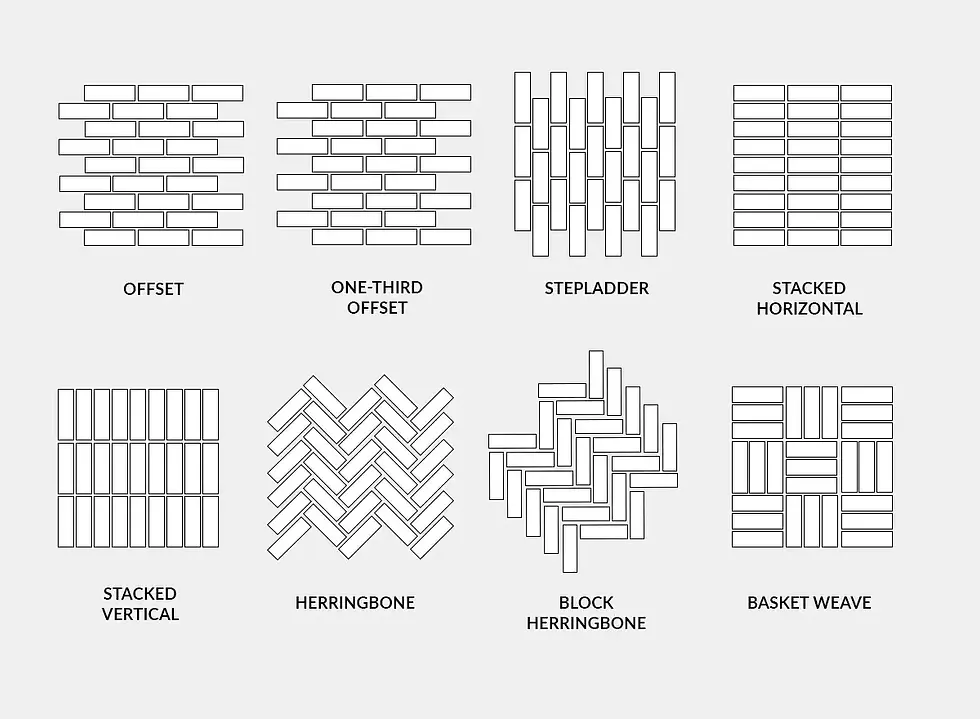Tiling Process
- Samuel Sphere
- Jun 10
- 2 min read
Here is a step-by-step to our tiling floor process
STEP 1: CHOOSING THE MATERIAL
Tile is one of the most popular materials used in both kitchen renovation and bathroom renovation.
In recent years, its popularity has in fact continued to grow, becoming a frequently sort after material in all areas of the house. Due to its cost-saving potential and ability to rejuvenate a room with its beautiful colours, patterns or textures.
When it comes to deciding on the type of tile you want, it can often be a difficult decision, with an array of different materials, each with their own benefits & disadvantages.
If you are planning on tiling your hallway or kitchen, these are areas with a lot of footfall and therefore we would recommend a material that is durable.
STEP 2: CUTTING CERAMIC TILES
When cutting your tiles, depending on the material we need to cut we would use a tile cutter either a manual cutter or an electric cutter.
Typically, manual cutters are used for cutting standard ceramic and porcelain tiles. With electric cutters used for natural stone and more extreme tiles such as 20mm porcelain.
STEP 3: PREPARING THE SURFACE
Before we start, it’s important to make sure the surfaces we’ll be working on are clean, dry and most importantly flat.
STEP 4: MIX THE ADHESIVE
One of the most important parts of learning how to tile successfully, is in getting the adhesive mix right. It’s important to know how to mix adhesive correctly in order to achieve the strongest bond possible and a long-standing installation.
An improper mix of adhesive may cause issues to installation or can even halt the entire project, causing tiles to become dislodged or uneven.
There are many different types and brands of adhesive, which all have varied instructions and measurements to achieve the perfect consistency for their adhesive.
When mixing, we continue to mix adhesive to reach a thick consistency, similar to peanut butter.
We want the mix to be thick enough to apply to the wall without dropping too much. While still being workable enough that we can manipulate the tiles a little after applying them to the wall.
STEP 5: APPLY THE ADHESIVE
When applying the adhesive, it is essential for there to be minimum 85% total coverage beneath a tile for dry area placement (such as dry floors, fireplace etc.) and 95% coverage in exterior and wet areas (such as showers, bath surrounds etc.).
When applying the adhesive, we comb it in straight lines using a tile trowel.
Applying the ridges in straight lines not only allow the adhesive to collapse more easily when laying on the tile. This also helps to remove more air from the adhesive, thus ensuring a stronger bond between the tile and adhesive.
STEP 6: LAYING THE CERAMIC TILE
When it comes to finally laying the tile down, we make sure to ‘back-butter’ the tile with adhesive. Back buttering is extremely effective in increasing the bond of the mortar on the floor to the mortar on the tile.
Particularly when working with large format tiles, this also ensures a stronger bond to the tile & substrate.


Comments